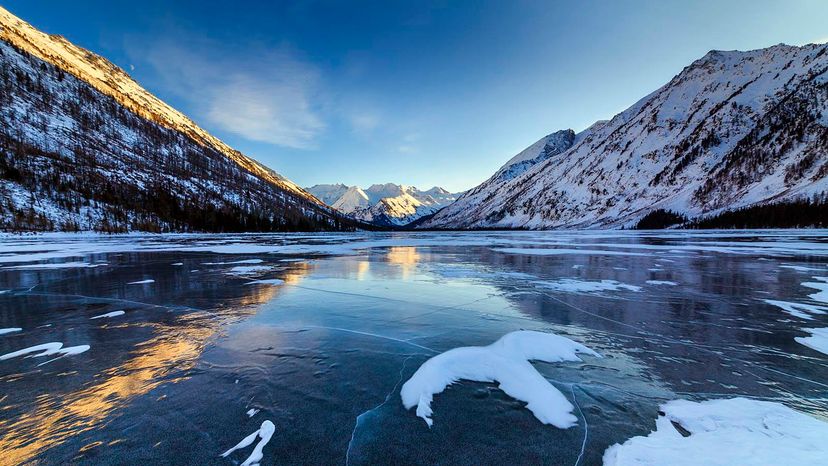
If the snow-covered pines of Norway have always topped your bucket list, listen up: There's more where that came from — and it's called the taiga biome. Sure, the scientific name is a bit less exciting than aurora borealis-view igloos or Arctic reindeer encounters, but trust us, this biome's a beauty.
First, a Mongolia and a small stretch of the Scottish Highlands. The biome's trademark coniferous forests wrap around the planet, making taiga the world's largest terrestrial biome. It is located south of the Tundra biome, which is constantly frozen by ice and snow.
Advertisem*nt
It's also one of the most dazzling. From northern lights to unique wildlife, here are five things that make the taiga biome spectacular.
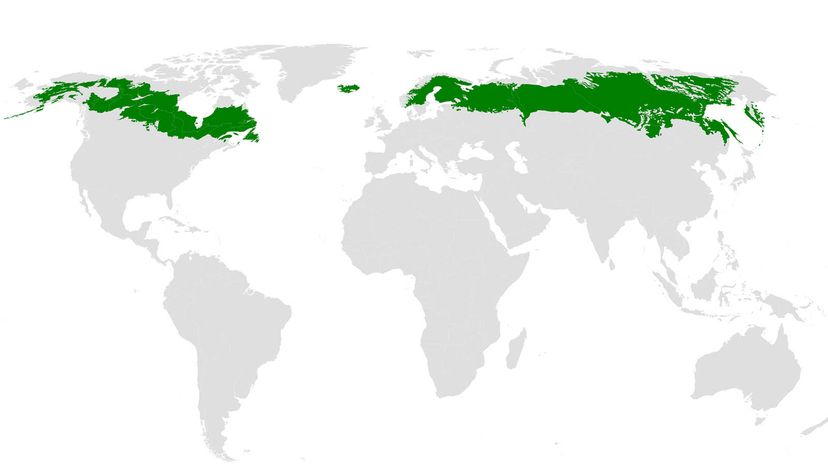
Advertisem*nt
Contents
- Its Arctic Climates Make for Snowy Adventures
- Wildlife Traverse the Taiga Biome
- Coniferous Forests Abound Here
- Taiga Is a Haven for Aurora Borealis Hunters
- You'll Get a Firsthand Look at Climate Change
1. Its Arctic Climates Make for Snowy Adventures
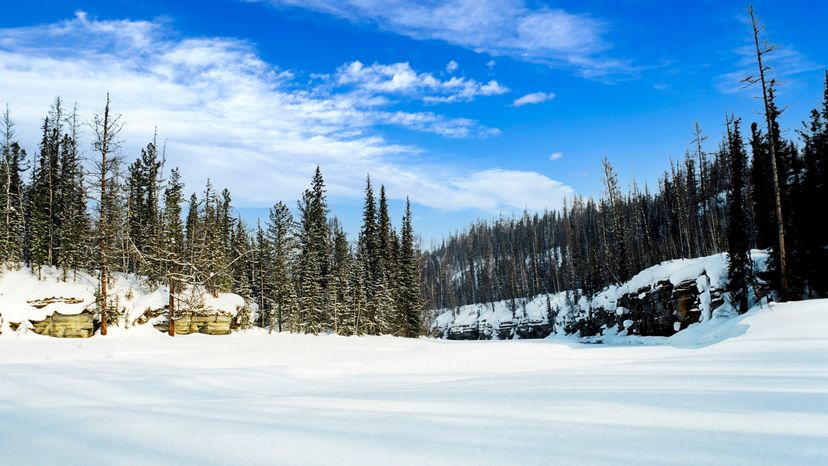
With coniferous forests and sparkling snow fields, the taiga biome looks like a winter wonderland — and for most of the year, it is. But let's not sugar-coat it: The taiga biome gets cold. For up to six months of severe winter, much of the temps in the taiga biome don't ever get above freezing, according to Radford University, and winters can see temperatures as low as minus 65 degrees Fahrenheit (minus 54 degrees Celsius).
Summers, which account for only between 50 and 100 frost-free days, are typically wet and unpredictable. However, the days are warmer (temps average between 44 and 68 degrees Fahrenheit [minus 7 and 20 degrees Celsius]) and humid so plants do grow. During these limited summer days, skies are clear, but the warm temps reduce snowfall and boost rain.
Advertisem*nt
This stark climate attracts droves of snow-loving adventurers. Bobsledding, skiing, snowboarding, ice climbing, snowmobiling and ice fishing are just some of the taiga biome's winter sports. Dog-sledding tours — another taiga winter treat — also take place across the biome. In lynx call home.
2. Wildlife Traverse the Taiga Biome
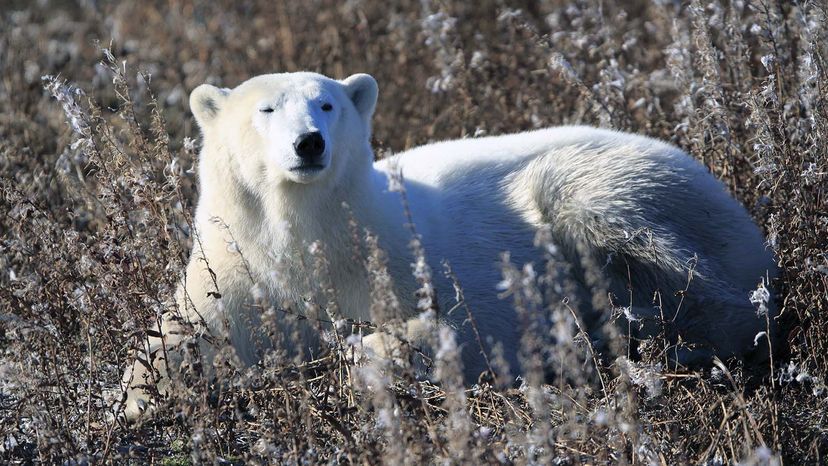
Speaking of cold-weather wildlife, it's hard to beat the taiga biome if you want to see some. Here, animal populations include foxes, bears, wolves, minks, caribou, reindeers and moose. According to the World Wildlife Fund, some stretches of northern Canada have been dubbed the "Serengeti of the Far North" due to wildlife abundance and vertebrate diversity — something Tanzania's Serengeti is known for.
Polar bear getaway Churchill in the northern part of Canada's Manitoba province is at the intersection of three distinct biomes: taiga, arctic tundra and arctic marine. Nanuk Polar Bear Lodge, a remote polar-bear safari lodge from outfitter Churchill Wild, is nestled along the fringes of the taiga biome. Nanuk visitors can see polar bears, not to mention moose, black bears and wolves, during safari season in the fall.
Advertisem*nt
Most of these animals have adaptive features that allow them to survive in the cold climate; mammals have thick layers of fat and birds have extra feathers to keep them warm. Tigers even have huge paws to help them walk through deep snow. During the extreme winter months, some animals migrate to warmer biomes or hibernate until summer.
3. Coniferous Forests Abound Here
Whether it's Scandinavian, Alaskan or any taiga biome in between, you can expect to find similar — and often snow-dusted — coniferous forests. Needle-leafed trees like spruces, pines, and firs are what the taiga biome is best known for, and their physical traits are largely products of the biome itself.
Given the harsh weather, coniferous tree seeds grow inside woody cones, like the pinecone, for protection. Those evergreen needles, which are actually leaves, have adapted to bitter temperatures, too. These needles shed snow more easily and retain more water than other leaves. A waxy coating also protects the leaves' photosynthetic cells, ensuring they can continue gathering energy for the tree despite weather, according to SF Gate.
Advertisem*nt
Other plants have adapted to the harsh climate, as well. Aspen and birch trees have been able to capitalize on the light and survive relatively well, as have some lichens and mosses.
4. Taiga Is a Haven for Aurora Borealis Hunters
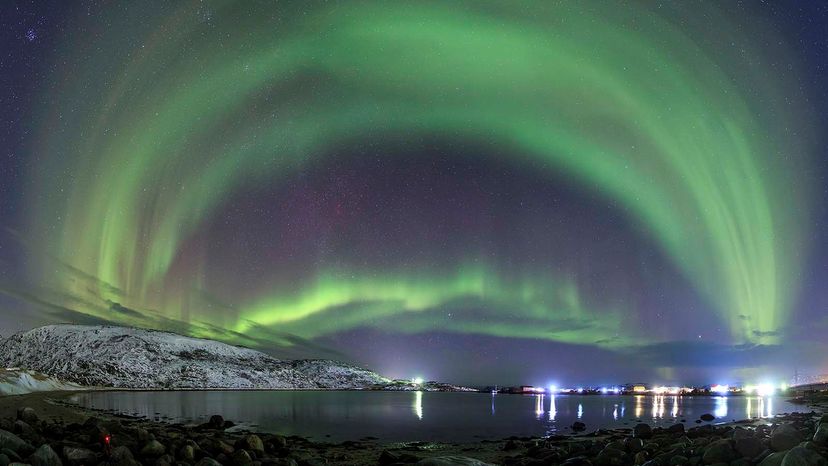
With a circumpolar, and often remote, locale, the taiga biome is a dream destination for northern lights hunters. The main auroral zone, where the northern lights are most active, stretches over northern Scandinavia, Iceland, Greenland, northern Canada, Alaska and on to northern Siberia. And, since the northern lights can be visible as far south as the U.S.'s Great Lakes region, virtually every stretch of the taiga biome could, technically, have aurora views.
But seeing the northern lights is not as simple as booking a ticket to the taiga biome and waiting for nightfall. Several factors will determine whether you can see the aurora. You need dark skies, which fortunately abound across the taiga's remote forests, as well as few to no clouds, and a geomagnetic storm.
Advertisem*nt
5. You'll Get a Firsthand Look at Climate Change
Like the rest of the world, climate change hasn't spared the taiga biome. If anything, its affects are worse here. According to Yale researchers, the taiga forests' reaction to climate change is wreaking havoc around the world. For starters, large stretches of the biome's soil and root systems trap carbon.
This soil, which is filled with peat and permafrost, is slowly thawing or becoming discontinuous. As this happens, it releases that trapped carbon and potent greenhouses gases into the atmosphere.
Advertisem*nt
The taiga biome is also at high risk for forest fires. Temperatures in the taiga biome regions are spiking faster than other regions of the world; this heat paired with earlier snow melts lead to devastating wildfires throughout the biome. As taiga forests burn, carbon is released into the atmosphere — ultimately leading to higher temperatures and more wildfires.
Now That's Interesting
A few major cities fall in the southern parts of taiga biome, including Moscow and Toronto, but most of this frigid zone is relatively unpopulated, by people that is. The taiga, though, is still home to more than 200,000 indigenous peoples (including the indigenous population living in the tundra).